
A collection by Neal McKenna
To add your comments, click here.

A collection by Neal McKenna
To add your comments, click here.

A collection by Neal McKenna
To add your comments, click here.
The History of Money
Cold hard cash; no matter how much we make we always could use a little bit more. This state of affairs is hardly new since the time money was invented, people just can't seem to get enough of it! Just ask Annifred, Agnetha, Ginger, Marilyn, Madonna and the Flying Lizards' Vivien Goldman. They're all firm believers in money, money, money.

"The Gold Diggers' Song (We're in the Money)" comes, not surprisingly, from the film Gold Diggers of 1933. It was sung in the opening sequence of the film by Ginger Rogers and a bevy of dancing chorus girls. The lyrics were written by Al Dubin and the music by Harry Warren and is still recognized today. However, over the years, there have been many other anthems dedicated to the pursuit of happiness through cash.
The history of money spans many thousands of years and Numismatics is the scientific study of money as well as its history in all its varied forms. Many items have been used as commodity money such as naturally scarce precious metals, diamonds, cowry shells, salt, barley, beads etc. as well as many other things thought of as having high value.
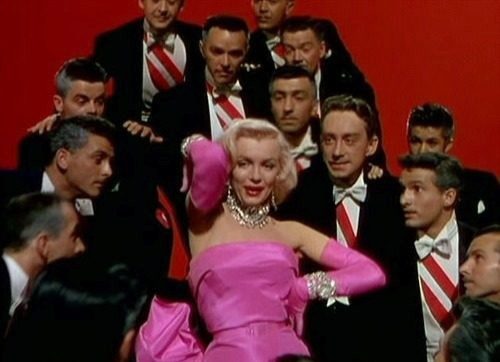

Image Via James Allen's News Center
Modern money is essentially a token — in other words, an abstraction. Paper currency is perhaps the most common type of physical money today. However, objects of gold or silver present many of money's essential properties.
The use of barter-like methods may date back to at least 100,000 years ago, though there is no evidence of a society or economy that relied primarily on barter. Instead, non-monetary societies operated largely along the principles of gift economics. When barter did occur, it was usually between either complete strangers or potential enemies.
It is thought by modern scholars the stamped coins pictured above were the first to be minted around 600–650 BC.
Many cultures around the world eventually developed the use of commodity money. The shekelwas originally a unit of weight, and referred to a specific weight of barley, which was used as currency. The first usage of the term came from Mesopotamia circa 3000 BC.
Societies in the Americas, Asia, Africa and Australia used shell money – often, the shells of the money cowry (Cypraea moneta L. or C. annulus L.). According to Herodotus, the Lydians were the first people to introduce the use of gold and silver coins.
The system of commodity money eventually evolved into a system of representative money. This occurred because gold and silver merchants or banks would issue receipts to their depositors – redeemable for thecommodity money deposited. Eventually, these receipts became generally accepted as a means of payment and were used as money.
Paper money or banknotes were first used in China during the Song Dynasty. These banknotes, known as "jiaozi", evolved from promissory notes that had been used since the 7th century. However, they did not displace commodity money, and were used alongside coins.
Banknotes were first issued in Europe by Stockholms Banco in 1661, and were again also used alongside coins. The gold standard, a monetary system where the medium of exchange are paper notes convertible into pre-set, fixed quantities of gold, replaced the use of gold coins as currency in the 17th-19th centuries in Europe. These gold standard notes were made legal tender, and redemption into gold coins was discouraged. By the beginning of the 20th century almost all countries had adopted the gold standard, backing their legal tender notes with fixed amounts of gold.
After World War II, at the Bretton Woods Conference, most countries adopted fiat currencies that were fixed to the US dollar. The US dollar was in turn fixed to gold. In 1971 the US government suspended the convertibility of the US dollar to gold. After this many countries de-pegged their currencies from the US dollar, and most of the world's currencies became unbacked by anything except the governments' fiat of legal tender and the ability to convert the money into goods via payment.
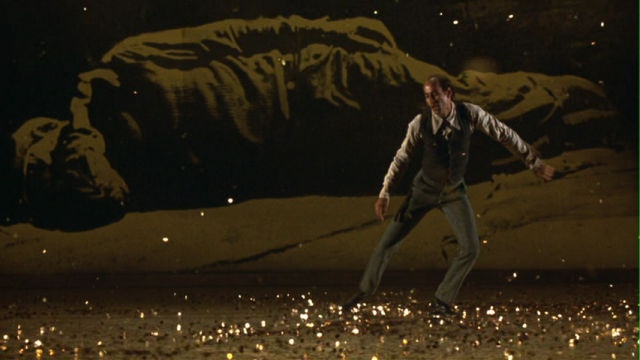
Etymology
The word "money" is believed to originate from a temple of Hera, located on Capitoline, one of Rome's seven hills. In the ancient world Hera was often associated with money. The temple of Juno Moneta at Rome was the place where the mint of Ancient Rome was located. The name "Juno" may derive from the Etruscan goddess Uni (which means "the one", "unique", "unit", "union", "united") and "Moneta" either from the Latin word "monere" (remind, warn, or instruct) or the Greek word "moneres" (alone, unique).
In the Western world, a prevalent term for coin-money has been specie, stemming from Latin in specie, meaning 'in kind.'
Via Wikipedia
Why is money green?

Image Via Before it's News
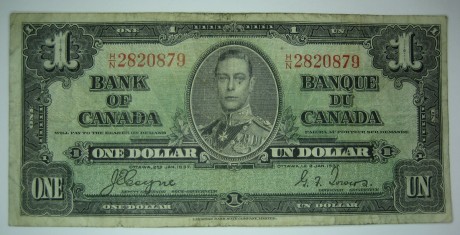
Image Via Christ Conquers
Well to be precise, American cash is the most predominant currency to be all green. Canadian dollars and the Euro, as well as numerous currencies around the world, have multicoloured bills connoting their different denominations.
In Canada today, only the $20.00 note is green since the $1.00 bill was replaced by the Loonie more than three decades ago. Next, the orange $2.00 bill was supplanted by the Toonie coin, so the $5.00 note is the smallest denomination represented by paper money. Only time will tell if it will also end up being loose change.

Image Via Ladybird Anita

Image Via Ladybird Anita
To add your comments, click on
links to this post
here or below . It will take you to a stand-alone copy of this page. There, you will find the comments box, so feel free to let 'er rip.
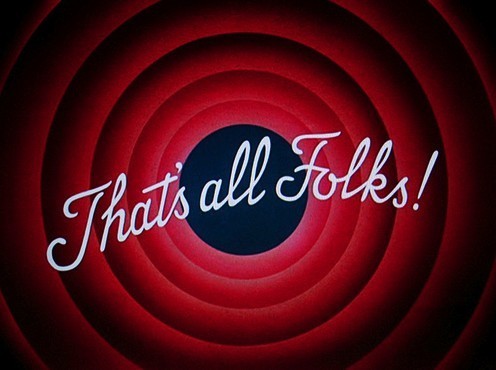
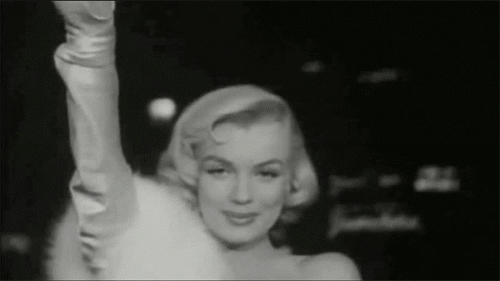
✔✔✔✔✔✔ ✔✔✔✔✔✔
Spoooky Reading
Spoooky Reading

What lies beneath...

In present day Zimbabwe, everybody is a trillionaire.
Of course, a Zim $10,000,000,000,000 note is worth approximately 3¢ US, which makes it pretty-much not worth the paper it's printed on.
Image Via The Inspiration Room

Image Via Internet Debris

No comments:
Post a Comment